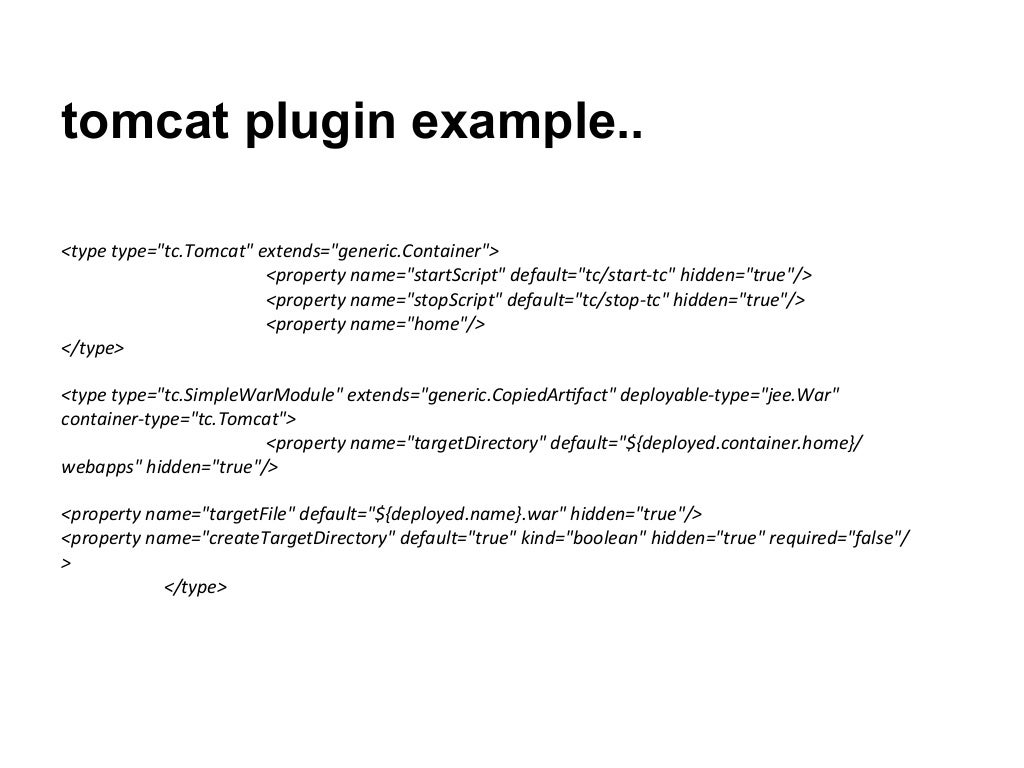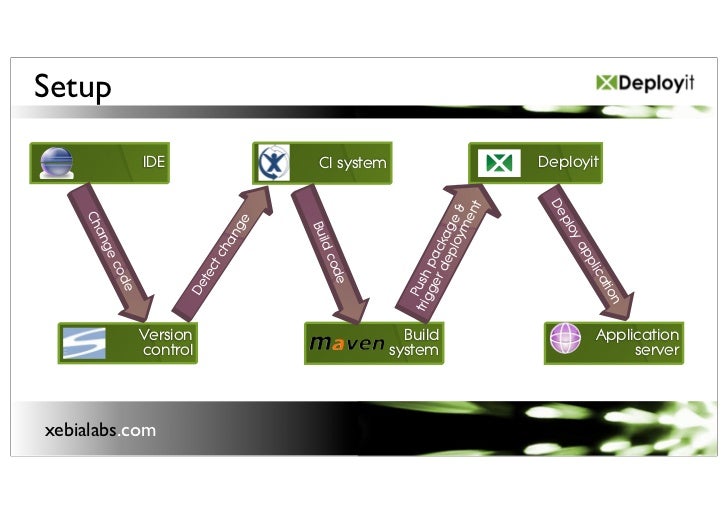

- #Deployit download install
- #Deployit download full
- #Deployit download software
- #Deployit download code
Each space then consists of your application and bounded services.Īlso Bluemix provides the opportunity to deploy your application in multiple ways: As a CloudFoundry app, as a docker container or as a virtual machine. Within each region you then have the opportunity to define spaces, such as dev, test, prod. In Bluemix you can choose in which region you want to host your application. The picture below shows the landscape of the reference application in the Bluemix cloud.
#Deployit download full
The reference application that I am building is a Java EE application that runs on JBoss, WebSphere Liberty, WebSphere Full and can be run on local Windows or Mac laptops, on Raspberry Pi, in docker or on the IBM Bluemix cloud. And using a private MMS would be even better from a security and trust/privacy point of view. In that case MongoLab solutions or the MongoLab within Bluemix solution is a good choice as well.įor now I think that using MMS in combination with your own infrastructure is a very good choice. The alternative is to go SaaS all the way, where you don’t care anymore about how and where it is installed. Without MMS, I would have needed much more time to set up such a cluster.
#Deployit download software
#Deployit download install

Start by installing the automation agents.Using MMS to set up this complex topology is quite simple: The picture below shows such an environment: This can be done on private clouds/networks using your own dedicated MMS solution, or in the public cloud. If you decide to build your own database, you can do so by configuring everything manually or using scripts, however you can also choose to use MMS as a kind of SaaS solution for managing your MongoDB environment. Get MongoDB as a SaaS service from MongoLab or other providers, followed by the same steps.Download the software on your server, start the mongod process and configure your application with the connection details.

#Deployit download code
In the end these kind of deployment robots like XL Deploy or Nolio will have to become more and more mature in supporting immutable server concepts so that code and configuration is exactly the same in all environments.Īs mentioned in previous blogs the reference application can use MongoDB.įor this a MongoDB database needs to be set up. Keeping track of the dictionary keys in combination with the keys being used in certain versions of your deployable archives is very important in order to realize reliable and more consistent results. # Helper methods for accessing XLDEPLOY API using CURLĬurl -H "Authorization: Basic $XLD_BASICAUTH" -k -X DELETE -H "Content-type:application/xml" $XLD_SERVER/deployit/repository/ci/$1 -data ""Ĭurl -H "Authorization: Basic $XLD_BASICAUTH" -k -X POST -H "Content-type:application/xml" $XLD_SERVER/deployit/repository/ci/$1 -data "$3"Ĭurl -H "Authorization: Basic $XLD_BASICAUTH" -k -X PUT -H "Content-type:application/xml" $XLD_SERVER/deployit/repository/ci/$1 -data "$3"Ĭurl -H "Authorization: Basic $XLD_BASICAUTH" -k -X POST -H "Content-type:application/xml" $XLD_SERVER/deployit/repository/ci/$1 Environments/test core.DirectoryĪdd_ci Environments/test/test_dict udm.Dictionary " Here is a link to their API: XL Deploy Rest APIĪnd here is some example of how you could use it in a bash script. In stead use the API to create all of your infrastructure, environments, and dictionaries. Try to avoid using the user interface and try to avoid adding entries to the dictionaries manually. Deployment automation in XL Deploy is great, but do not forget to automate the setup and configuration of your XL Deploy environment as well.


 0 kommentar(er)
0 kommentar(er)
